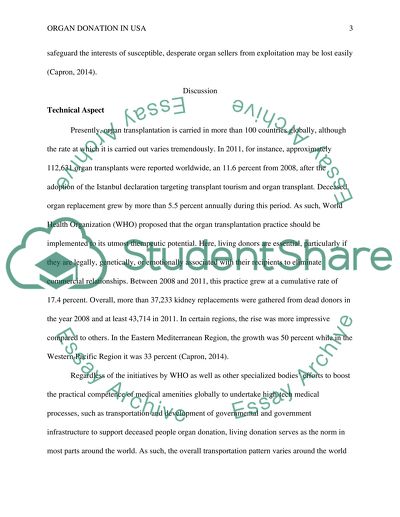Cite this document
(“Organ Donation in USA Essay Example | Topics and Well Written Essays - 1500 words”, n.d.)
Organ Donation in USA Essay Example | Topics and Well Written Essays - 1500 words. Retrieved from https://studentshare.org/nursing/1678557-organ-donation-in-usa
Organ Donation in USA Essay Example | Topics and Well Written Essays - 1500 words. Retrieved from https://studentshare.org/nursing/1678557-organ-donation-in-usa
(Organ Donation in USA Essay Example | Topics and Well Written Essays - 1500 Words)
Organ Donation in USA Essay Example | Topics and Well Written Essays - 1500 Words. https://studentshare.org/nursing/1678557-organ-donation-in-usa.
Organ Donation in USA Essay Example | Topics and Well Written Essays - 1500 Words. https://studentshare.org/nursing/1678557-organ-donation-in-usa.
“Organ Donation in USA Essay Example | Topics and Well Written Essays - 1500 Words”, n.d. https://studentshare.org/nursing/1678557-organ-donation-in-usa.


